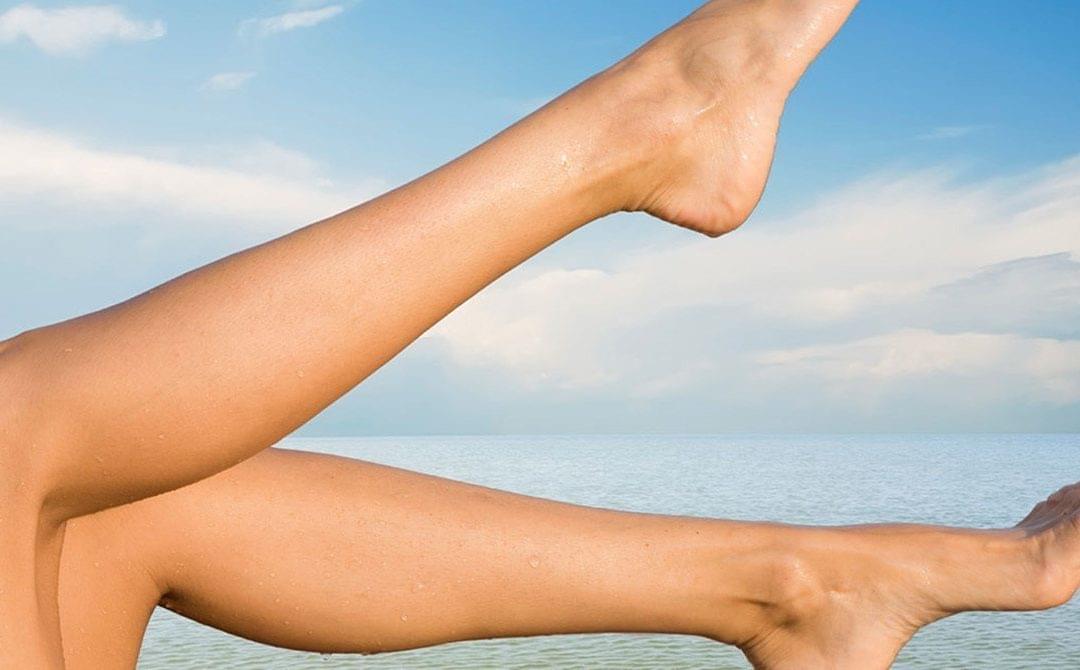Studies show that superficial vein issues such as varicose veins and spider veins often lead to a lower quality of life. Not only do these conditions make your legs feel achy, uncomfortable, and heavy — in addition to being embarrassing — but they can also lead to serious medical conditions such as deep vein thrombosis (DVT) and blood clots as well.
Learn how vein care can help improve these issues with simple and highly-effective treatments.
How Quality of Life is Affected by Varicose Veins
Varicose veins are raised, enlarged veins that appear bluish or purple in color. While sometimes benign when it comes to medical conditions, these veins have been associated with a higher likelihood of developing issues in the deep veins (deep vein thrombosis and blood clots). They can also be a key cause of leg pain and embarrassment for many individuals.
Common Signs and Symptoms of Varicose Veins
If you think you may have varicose veins but aren’t sure, look for the following signs and symptoms:
- Large, raised veins that bulge away from the skin
- Skin discoloration around raised veins
- Veins that appear purple and blueish against the rest of the skin
- Veins that appear twisted
- A heavy, painful, or achy feeling in one or both of your legs
- Muscle cramping in your legs
- Swelling in the legs, especially in your ankles and feet
- Itchiness in your legs, especially near raised veins
Risk Factors for Varicose Veins
Many of the risk factors for varicose veins are the same as common risk factors for blood clots. These include:
Gender and age
Adult men and women over the age of 50 are more likely to develop varicose veins. More than men, however, women are the most likely to develop this venous issue.
Genetics
A family history of venous issues like varicose veins commonly means that you’ll have the same struggles. In other words, if your parents or siblings have developed varicose veins, chances are you will too.
Standing and sitting too long
Leading a sedentary lifestyle wherein you end up standing or sitting for long periods of time can lead to the development of varicose veins. Likewise, varicose veins may develop after a long period of bedrest or an extended hospital stay.
Obesity
Those who are overweight or obese are more likely to develop vein issues like varicose veins and spider veins.
Hormonal changes
Hormonal fluctuations can also lead to the appearance of varicose veins. Those who take birth control or who are pregnant are more likely to develop this condition.
Treatments for Venous Issues
Venous issues can be greatly worrying for many individuals. Sometimes, they even stop you from doing what you love — whether it’s playing sports, going dancing, hitting the beach, spending time with family, or other activities that make life worthwhile.
Don’t let vein issues hold you back. At Schulman Vein and Laser Center in Manhattan, New York, we can help you find a solution. Have a look at our range of vein procedures and treatment options below:
Finding Vein Treatment in Manhattan, NY
Interested in learning more about leg vein treatments in your area? Call Schulman Vein and Laser Center today to schedule an appointment, or stop in to meet our vein physicians in Manhattan, NY. We look forward to working with you!

